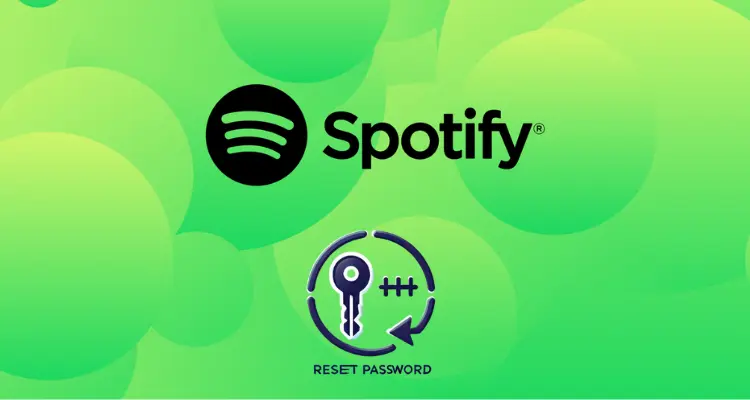A transcriptionist is a documentation expert whose work is listening to voice recordings and converting them into written documents. Patience and serious training are required at all times. Transcribing recordings of legal, medical, and other general topics is part of the job. To become a transcriptionist, you must have excellent typing skills and be keen on hearing. To produce high-quality work, one is required to be accurate and committed.
Transcription Work Types
Although some professional transcriptionists prefer to specialize in a particular discipline, such as medicine or law, you can do broad transcribing if you like. Being a general transcriptionist is ideal for those who are just starting because it allows them to get experience and work on various subjects. It may aid them in deciding whether to specialize or stay as general transcriptionists. You’ll often listen to recordings of college lectures, business meetings, personal discussions, and other recordings that require a written reference while doing general transcribing work.
Steps to Becoming a Transcriptionist
- Make a list of the different types of transcription jobs that you are interested in.
- Improve your typing skills by having audio transcribing practice or enrolling in advanced training.
- Make a resume for yourself.
- Submit your application for Transcription Jobs.
- Familiarize yourself with the company’s style guide.
- Take a typing test to see how fast you can type.
- Make certain you have the necessary technology.
Required Skills to Become a Transcriptionist
Patience is required to become a transcriptionist. Because you can’t determine the quality of the tape you’ll transcribe, there’s a chance you’ll get low-quality, difficult-to-understand audio files. Computer abilities are required, as the job may require research in addition to downloading materials, and you should also be familiar with word processing software.
Types of Transcription
Verbatim
The transcriber must transcribe every single sound made by one or more people in verbatim transcription. This contains ums and false starts, among other things. Verbatim transcripts are frequently required by law enforcement agencies and law firms to ensure that what was said and how it was expressed are formally recorded for others to study via text.
Non-verbatim
Because you leave out the ums and incorrect beginnings, non-verbatim transcribing requires less detail. Transcribing every sound or detail, for example, isn’t necessary because the goal is to capture whole words and sentences. These jobs are more straightforward and pay less than most companies’ verbatim transcriptions.
Transcription Tools
You’ll need some tools if you’re serious about becoming a transcriptionist.
Software for transcription
Transcription software is one of the first things you’ll need. Some are entirely free and downloaded, which is ideal for a beginning though others will require you to make some payments. Some of the software is only accessible for Windows or OSX, while others can run on many platforms; with this, you will have to select the best option for you. The finest transcription software should support various video and audio file formats.
Read More: Harnessing the Power of Technology to Sell a House Fast
Headphones
A good to great pair of headphones is vital, so aim for something of above-average quality. Having good headphones simplifies difficult audio files and makes everything sound better. This will reduce the amount of mishearing and improve the accuracy of your job.
Foot pedal
Invest in a foot pedal instead of turning the audio recording on and off while listening to it so you can fully comprehend the recording. The foot pedal allows you to use your foot to play, pause, fast forward, or rewind an audio recording. You’ll need a word processing program to type and edit the document. It can generate files in the formats that your clients require.
Access to the internet
You’ll also require a dependable, high-speed Internet connection. The majority of transcriptionists operate from their homes. If you’re one of them, be sure your Internet connection at home allows you to receive and send data safely. To work as a transcriptionist, you must be a quick and effective worker who can complete correct transcriptions within a set timeframe and with this, you will need to have audio transcription practice in order to perfect yourself on websites such as GoTranscript. You should maintain discretion and reassure the client that their transcription assignment will be kept private.
















